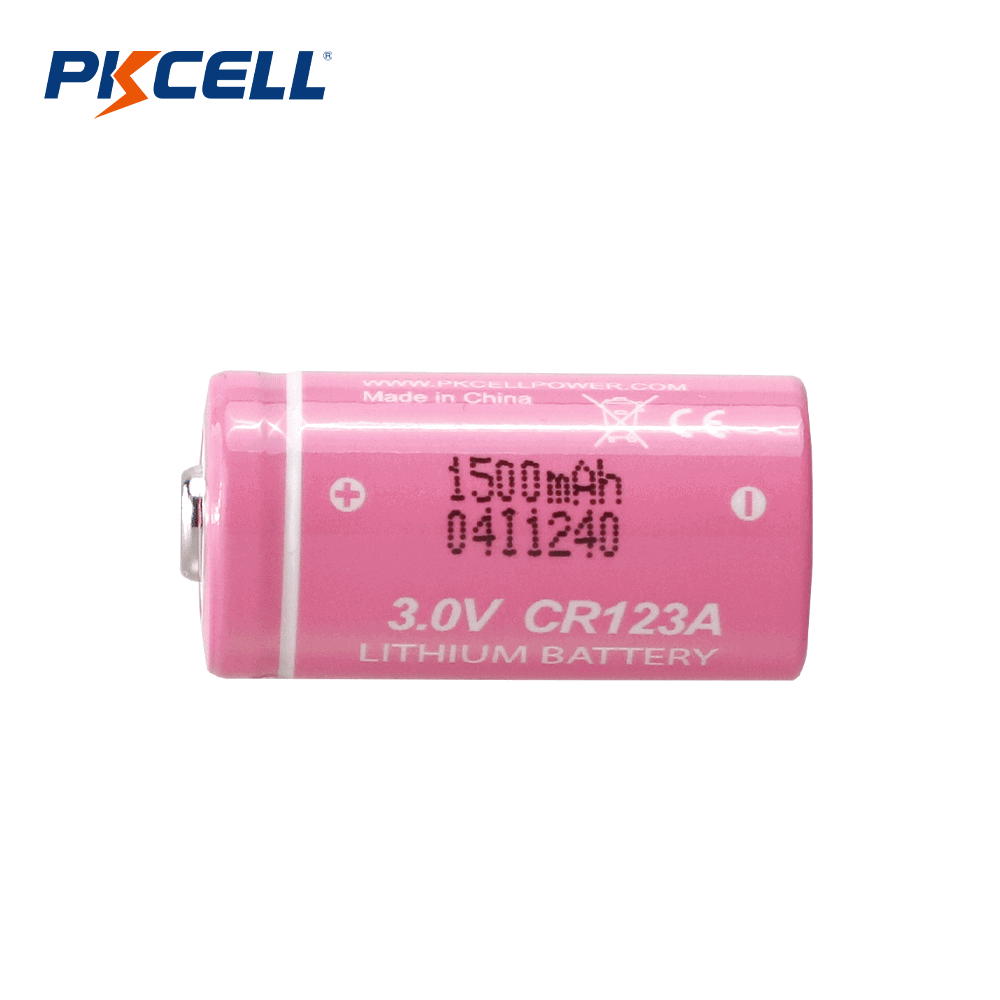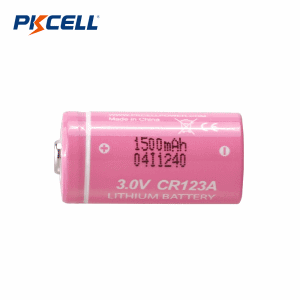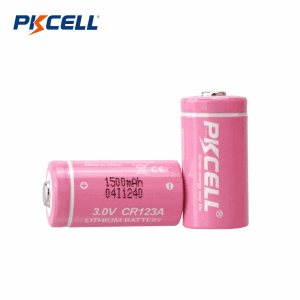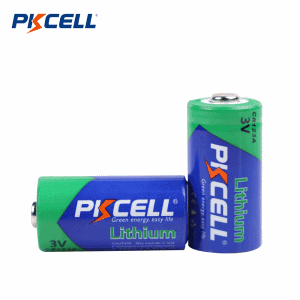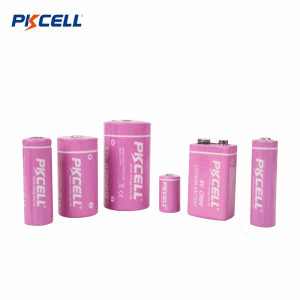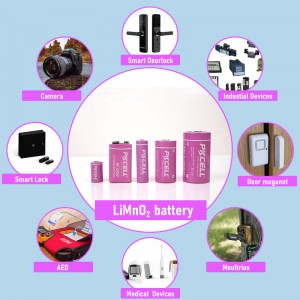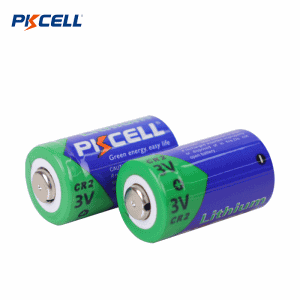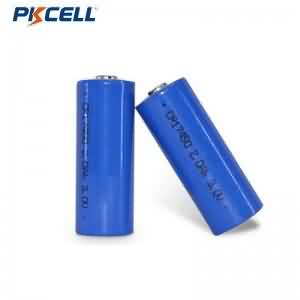3V CR123A Li-MnO2 Battery (1500mAh)
Understanding CR123A Battery
Often recognized for its distinctive squat, cylindrical shape, the CR123A lithium battery is a highly popular 3-volt cell. Its widespread adoption stems from its exceptional energy density, reliable performance across a broad temperature range, and impressive shelf life, often exceeding a decade. The 123a battery is a go-to choice for applications requiring robust and consistent power. So CR123a 3v lithium battery commonly found in tactical flashlights, digital cameras demanding quick flash recycle times, wireless security sensors, and even some specialized medical devices.
Key Features of Pkcell CR123A
- High Energy Density
- High Open-Circuit Voltage
- Wide Range of Operating Temperatures
- Stable Operating Voltage and Current
- Long Operating Time
- Low Self-Discharge Rate (less than 1% per year at 25ºC)
Main Applications of Pkcell CR123A
- Utility Metering
- Security Systems
- Asset Tracking & Logistics
- Medical Devices
- Memory Backup
- Remote Monitoring & Telemetry
Case study - PKCELL Customized CR123A Battery Packs Ensure Rapid Deployment for North American Safety Systems
A North American customer, specializing in home fire and water damage protection systems, faced an extremely tight deadline for exporting a large volume of their devices to the U.S. market. PKCELL provided a highly customized CR123A battery solution, specifically a 1S6P and 6S1P 18V 9Ah Battery Pack. Samples are completed within 3 days for internal testing and thr client place an initial order of 6,000 sets which are completed within 14 days.
Learn more details here: PKCellCR123A Battery Pack for Fire & Water Protection System
Specification Of Other LiMnO2 Button Cell Battery
| Cylindrical LiMnO2 Battery | ||||||||
|---|---|---|---|---|---|---|---|---|
| Model | Nominal Voltage (V) | Nominal Capacity (mAh) | Standard Discharge Current (mA) | End Voltage (V) | Max. Diameter (mm) | Max. Height (mm) | Reference Weight (g) | Test Temperature (°C) |
| CR17345(CR123A) | 3v | 1500.0 | 10 | 2 | 17.0 | 34.5 | 16 | 23±3 |
| 3v | 1600.0 | 10 | 2 | 17.0 | 34.5 | 16 | 23±3 | |
| 3v | 1700.0 | 10 | 2 | 17.0 | 34.5 | 16 | 23±3 | |
| 3v | 2100.0 | 10 | 2 | 17.0 | 34.5 | 16 | 23±3 | |
| CR15H270(CR2) | 3v | 850.0 | 10 | 2 | 15.6 | 27.0 | 11 | 23±3 |
| 3v | 1000 | 10 | 2 | 15.6 | 27.0 | 11 | 23±3 | |
| CR17335 | 3v | 1500.0 | 10 | 2 | 17.0 | 33.5 | 16 | 23±3 |
| CR14250 | 3v | 650.0 | 10 | 2 | 14.5 | 25.0 | 10 | 23±3 |
| 3v | 900 | 10 | 2 | 14.5 | 25.0 | 10 | 23±3 | |
| 3v | 1050 | 10 | 2 | 14.5 | 25.0 | 10 | 23±3 | |
| CR14505 | 3v | 1400.0 | 10 | 2 | 14.5 | 50.5 | 17 | 23±3 |
| CR14335 | 3v | 800.0 | 10 | 2 | 14.5 | 33.5 | 13 | 23±3 |
| CR17450 | 3v | 2000.0 | 10 | 2 | 17.0 | 45.0 | 25 | 23±3 |
| CR17450 | 3v | 2400.0 | 10 | 2 | 17.0 | 45.0 | 25 | 23±3 |
| CR17505 | 3v | 2300.0 | 10 | 2 | 17.0 | 50.5 | 28 | 23±3 |
| 3v | 2800.0 | 10 | 2 | 17.0 | 50.5 | 28 | 23±3 | |
| CR18505 | 3v | 2500 | 10 | 2 | 18.5 | 50.5 | 35 | 20±3 |
| CR11108(CR1/3N) | 3v | 170.0 | 1 | 2 | 11.6 | 10.8 | 3.3 | 23±3 |
| CR-V3 | 6v | 3000.0 | 20 | 2 | 29X14.5X52 | 34 | 23±3 | |
| CR9V | 9v | 1200 | 1 | 5.4 | 48.5X36.5X17.5 | 29 | 23±2 | |
| CR26500 | 3v | 5400 | 10 | 2 | 26.5 | 50.5 | 62 | 20±3 |
| CR34615 | 3v | 12000 | 10 | 2 | 34 | 61.5 | 125 | 20±3 |
| CR-P2 | 6v | 1200 | 10 | 4 | 34.8X35.8X19.5 | 34 | 23±3 | |
| 6v | 1400.0 | 10 | 4 | 34.8X35.8X19.5 | 34 | 23±3 | ||
| 2CR5 | 6v | 1400.0 | 10 | 4 | 34X45X17 | 34 | 23±3 | |
More Than Just Individual Cells - We Also Offer CR Cylindrical Batteries with Different Terminations
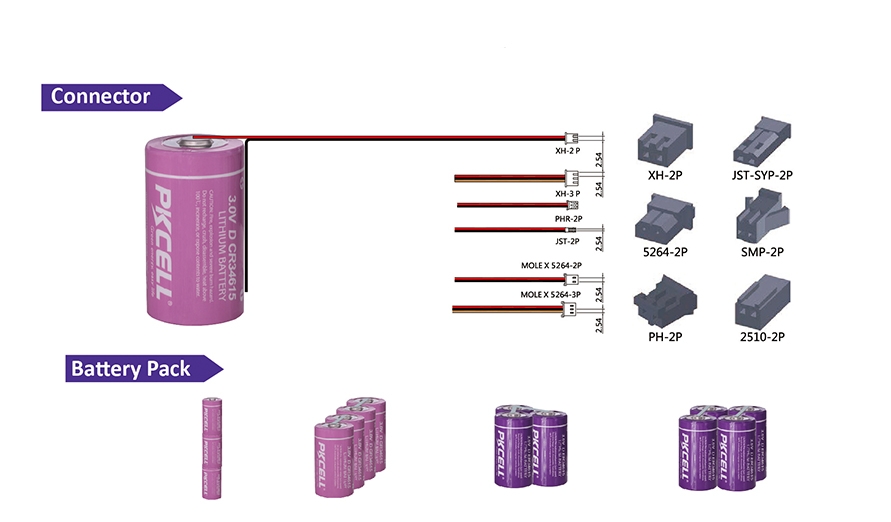
Why Choose Pkcell Battery?
Typical Discharge Characteristics
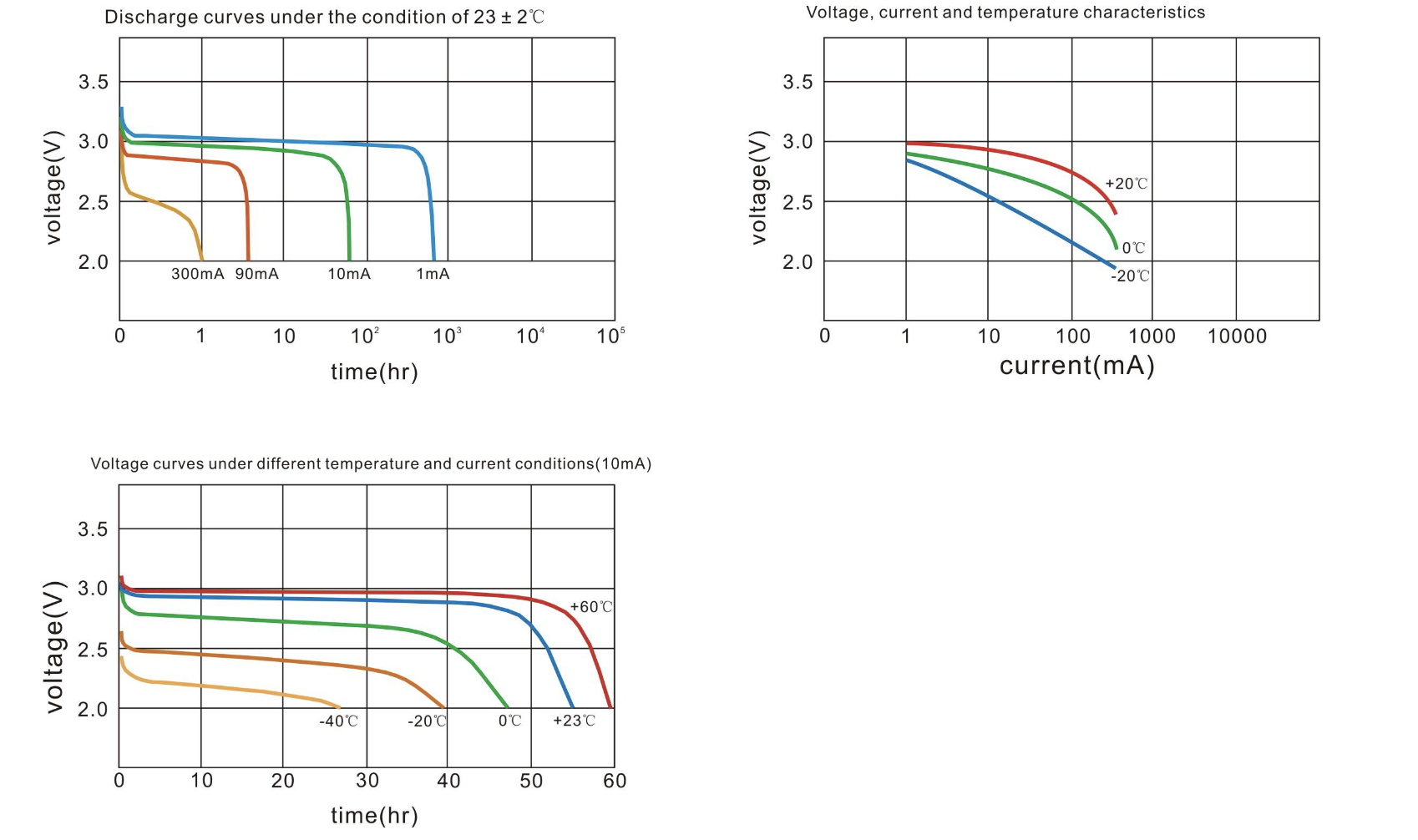
Warning:
- Do not short-circuit, recharge, heat, disassemble
- Do not force-discharge.
- Do not make the anode and the cathode reversed
- Do not solder directly
Frequently Asked About CR123A LiMnO2 Cylindrical Battery
- Lead Time: Standard samples typically arrive in 7-12 days. Formal orders usually take around 25 days, though smaller quantities might ship faster, potentially within 15-18 days.
- Payment Methods: We accept various payment types, including T/T (Telegraphic Transfer), L/C (Letter of Credit), and PayPal.
- Shipping: We offer flexibility! Depending on your needs and location, we can ship your order via air freight (using carriers like FEDEX, DHL, UPS, EMS, etc.) or via sea freight.
- Delivery Terms: We can work with several common international shipping terms, including EXW, FCA, FOB, CFR, and DDU.
We have a minimum order value of USD $500. The actual quantity you receive depends on the unit price of the specific batteries you choose. Absolutely! We understand you need to test our products. We're happy to provide samples for your evaluation before you place a formal order.
-
Advantages of LiMnO2 (vs. LiSOCl2):
- Generally safer with better thermal stability.
- Lower cost.
- Less noticeable voltage delay/passivation effect.
- Often, better pulse discharge capability (depending on construction).
-
Disadvantages of LiMnO2 (vs. LiSOCl2):
- Lower energy density (less capacity for the size/weight).
- Lower nominal voltage (3.0V vs. 3.6V).
- Less stable/flat discharge voltage curve.
- Reduced performance at extremely low temperatures compared to LiSOCl2.
This is a critical distinction for user safety. A standard CR123A is a primary, non-rechargeable battery. In contrast, an RCR123A (also known as a 16340) is a rechargeable lithium-ion battery. They have a similar size, but a rechargeable RCR123A typically has a higher nominal voltage (3.6V-3.7V vs 3V) and a lower capacity. You must never attempt to charge a non-rechargeable CR123A, as this is extremely dangerous and can cause the battery to rupture or explode. Always confirm the battery type and charger compatibility for your device.
No, you cannot. This is a common point of confusion due to their similar names, but a CR123A and a CR2 battery are not interchangeable. While both are 3V lithium primary batteries, the CR123A is slightly longer and wider. It will not fit in a device designed to use a smaller CR2 battery. Always use the exact battery type specified by your device manufacturer.
While generally safe when used correctly, proper handling is crucial. To ensure safety, you should:
- Never try to recharge a non-rechargeable CR123A.
- Do not short-circuit the terminals.
- Avoid puncturing, crushing, or disassembling the cell.
- Do not expose it to open flames or extreme heat beyond its specified operating temperature.
- Dispose of used or damaged batteries properly according to local regulations for lithium batteries.


